Archives
- 2025-11
- 2025-10
- 2023-07
- 2023-06
- 2023-05
- 2023-04
- 2023-03
- 2023-02
- 2023-01
- 2022-12
- 2022-11
- 2022-10
- 2022-09
- 2022-08
- 2022-07
- 2022-06
- 2022-05
- 2022-04
- 2022-03
- 2022-02
- 2022-01
- 2021-12
- 2021-11
- 2021-10
- 2021-09
- 2021-08
- 2021-07
- 2021-06
- 2021-05
- 2021-04
- 2021-03
- 2021-02
- 2021-01
- 2020-12
- 2020-11
- 2020-10
- 2020-09
- 2020-08
- 2020-07
- 2020-06
- 2020-05
- 2020-04
- 2020-03
- 2020-02
- 2020-01
- 2019-12
- 2019-11
- 2019-10
- 2019-09
- 2019-08
- 2019-07
- 2019-06
- 2019-05
- 2019-04
- 2018-11
- 2018-10
- 2018-07
-
While the binding of HK to
2022-03-03

While the binding of HK1 to VDAC1 is strong and continuous, the binding of HK2 to VDAC1 is much weaker, and alternates between a cytoplasmic and a mitochondrial-bound states (John et al., 2011). This dynamic process is regulated by the metabolic and energetic requirements of the acamprosate calcium
-
Toxoplasma gondii is an exceptionally tractable apicomplexan
2022-03-03
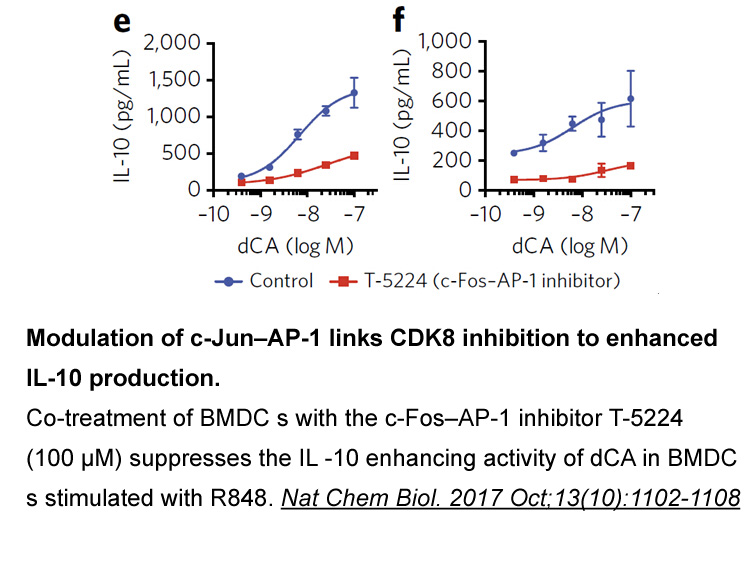
Toxoplasma gondii is an exceptionally tractable apicomplexan parasite that expresses a limited yet representative subset of apicomplexan cyclase orthologs, making it an ideal model for investigating cyclic nucleotide signaling in Apicomplexa. Of the five putative nucleotide cyclases, only TgACα1 and
-
The gsnor ko plants contain elevated amount
2022-03-03
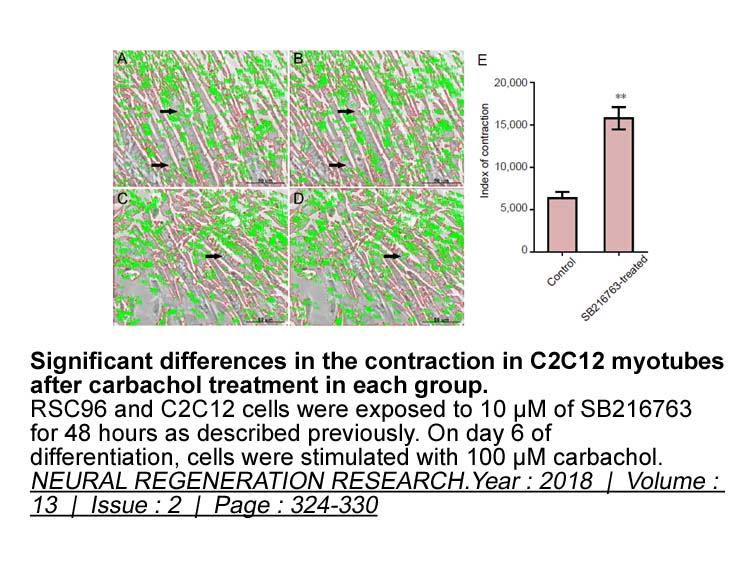
The gsnor-ko plants contain elevated amount of low and high molecular weight S-nitrosothiols (SNO) indicating that GSNOR activity controls the level of both GSNO and indirectly protein-SNOs [13], [17], [18]. GSNOR deficiency has been shown to cause pleiotropic plant growth defects, impaired plant di
-
Human GPR hGPR was originally
2022-03-03

Human GPR55 (hGPR55) was originally isolated in 1999 as an orphan GPCR with high levels of expression in human striatum (Sawzdargo et al., 1999) (Genbank accession # NM_005683.3). hGPR55 was mapped to human chromosome 2q37, and in the human CNS it is predominantly localized to the caudate, putamen,
-
Notably Cu labeled dimeric exendin subunit
2022-03-03
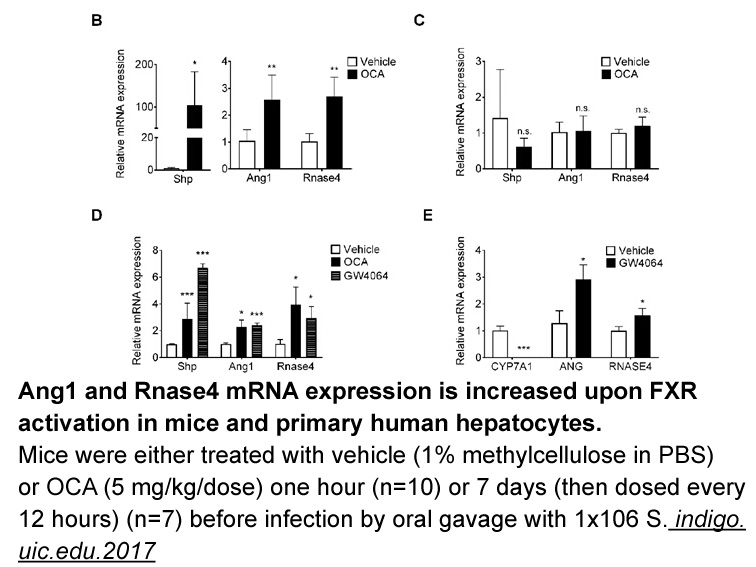
Notably, 64Cu-labeled dimeric exendin-4 subunit, which was designated as 64Cu-Mal2Sar-(exendin-4)2, showed higher tumor uptake than that of the monomeric exendin-4 subunit [245]. Besides the most commonly-used GLP-1R agonists exendin-3 and -4 and their derivatives, exendin (9-39) exhibits strong bin
-
Flavonoids are able to modulate proinflammatory signaling
2022-03-03
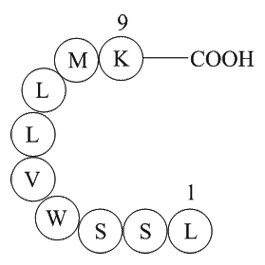
Flavonoids are able to modulate proinflammatory signaling pathways to prevent OS and apoptosis [139]. Paraoxygenase-2 (PNO2) is an enzyme involved in neuroprotection by preventing OS mediated damage in mitochondria. Flavonoids can modulate the JNK/AP-1 pathway to increase expression of PNO2 [111]. F
-
Acknowledgements This work is partially supported
2022-03-03

Acknowledgements This work is partially supported by the Natural Science Foundation of China(81273353), and the National Science & Technology Key Projects of China (2009ZX09103-085). Glyoxalase I (GLO I) is a key enzyme in the pathways leading to glutathione (GSH)-mediated detoxification of meth
-
In contrast to UDG SMUG exhibits dramatically
2022-03-03

In contrast to UDG, SMUG1 exhibits dramatically lower product yield in its excision of U, and this is not dependent on sequence context. Though we cannot rule out that a small amount of the product is derived from a duplex contaminant, our extensive purification techniques limit the amount of contam
-
br Materials and methods br Results br Discussion Here we
2022-03-03
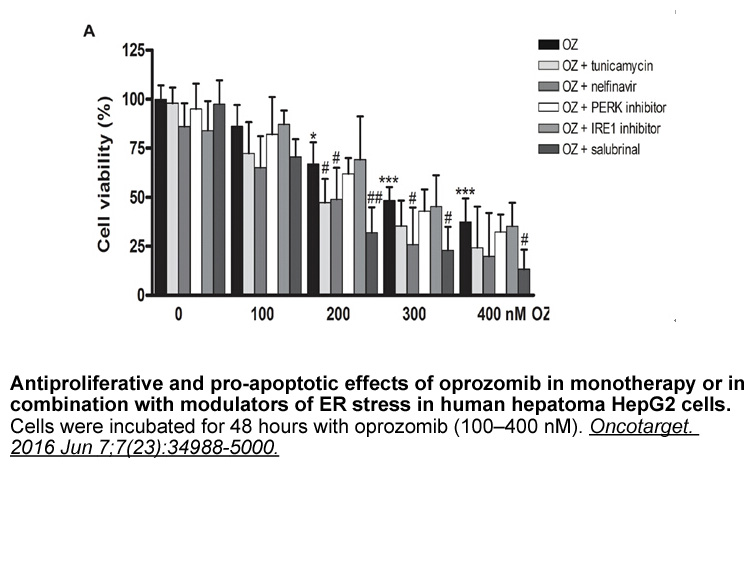
Materials and methods Results Discussion Here, we investigated the inhibitory effects and associated mechanisms of phloroglucinol on α-glucosidase. Our results showed that phloroglucinol reversibly inhibited α-glucosidase in a dose-dependent manner (Fig. 1), with the double-reciprocal plot
-
GKRP binds to the inactive super open
2022-03-03

GKRP binds to the inactive, super-open conformation of GCK, acting as a competitive inhibitor of glucose association with the enzyme (Fig. 3) [45]. Upon formation of the inhibitory complex with GKRP, GCK is sequestered into the hepatocyte nucleus [48]. The detailed mechanism by which GKRP mediates t
-
DHT Another consistent observation in our studies was
2022-03-02
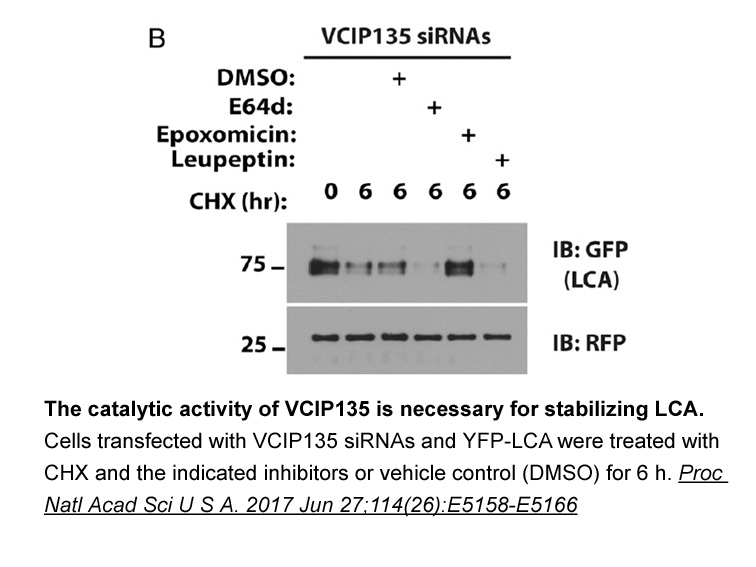
Another consistent observation in our studies was the lower plasma catecholamine concentrations in the exercised GHSR-null mice, suggesting a diminished sympathoadrenal response. A proper sympathoadrenal response is essential for increasing substrate utilization during exercise [81]. Thus, the reduc
-
Gal is a amino acid
2022-03-02

Gal is a 29-amino trifluoperazine hydrochloride residue peptide, comprising 30 amino acids in humans, isolated from the porcine intestine 30 years ago (Tatemoto et al., 1983). It has been shown to be involved in the regulation of numerous processes, including neuroendocrine control of systems such
-
Determination of enzyme activity differs from other analytic
2022-03-02
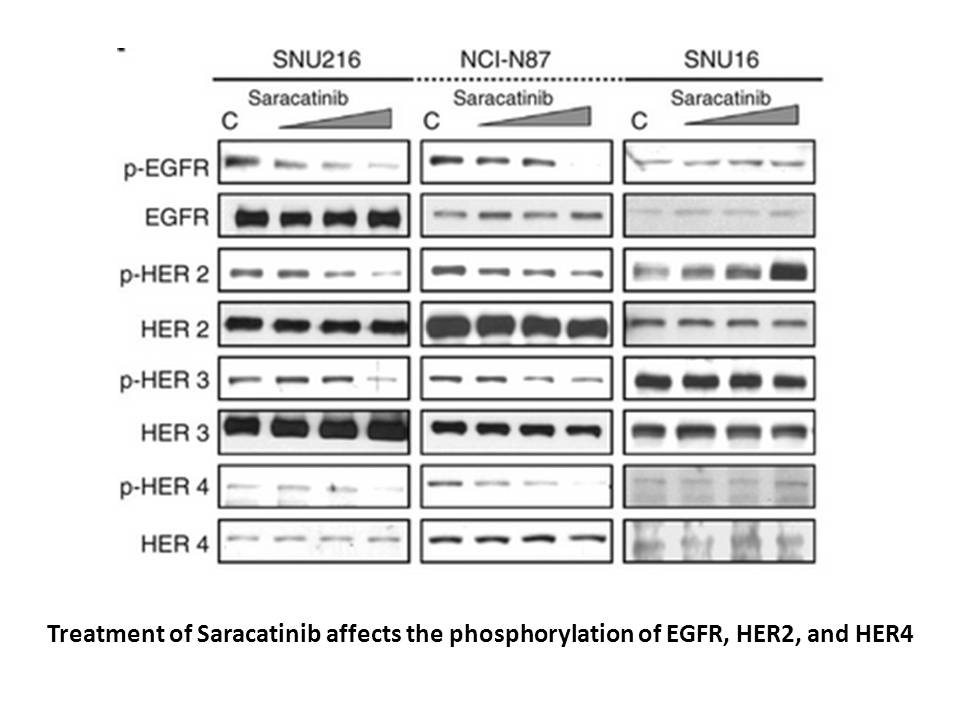
Determination of enzyme activity differs from other analytical procedures. In this umbelliferone receptor case, instead of enzyme concentration, a substrate depletion or product accumulation should be monitored. Such approach allows calculating activity basis of calibration curves performed for enz
-
The schematic diagram of the antagonistic interactions
2022-03-02
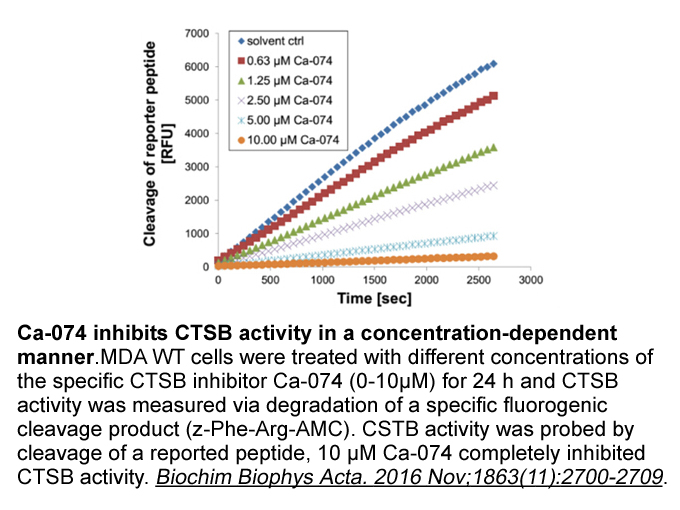
The schematic diagram of the antagonistic interactions of Zn2+ and neurosteroids (NSs) at GABA-A receptors is summarized in Fig. 7. Neurosteroids exhibit powerful seizure protective effects against experimental seizures probably through the potentiation of synaptic and extrasynaptic GABA-A receptor-
-
Yap and Taz may regulate epicardial cell proliferation EMT a
2022-03-02
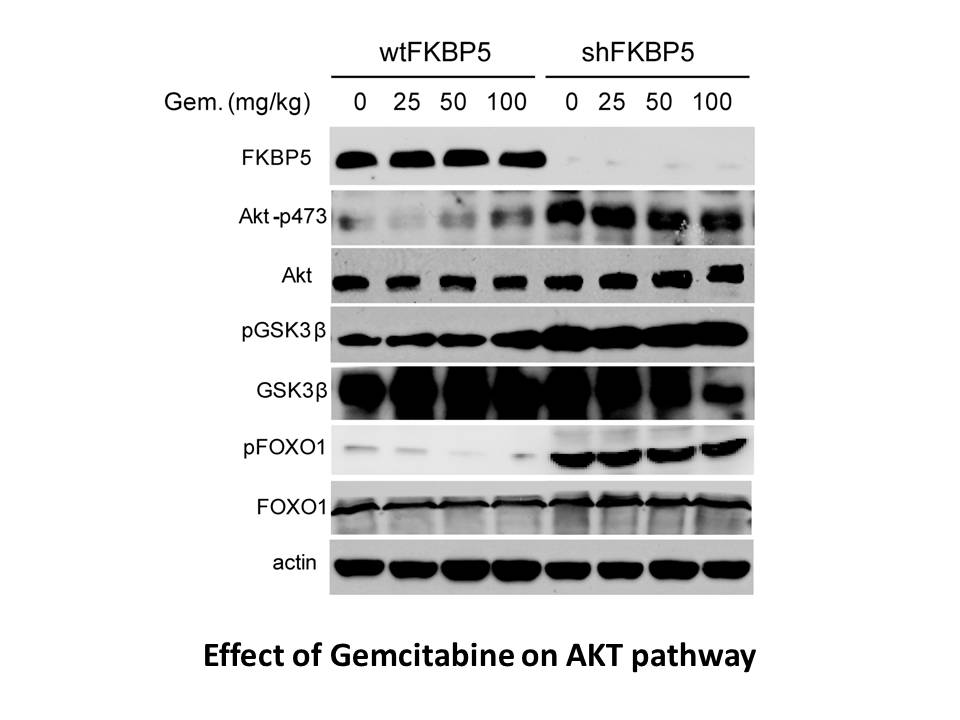
Yap and Taz may regulate epicardial cell proliferation, EMT, and fate determination via multiple mechanisms. In this study, we provide evidence that Yap/Taz function in part by directly modulating Tbx18 and Wt1 expression. Members of the T-box family of transcription factors regulate a variety of de
11496 records 177/767 page Previous Next First page 上5页 176177178179180 下5页 Last page